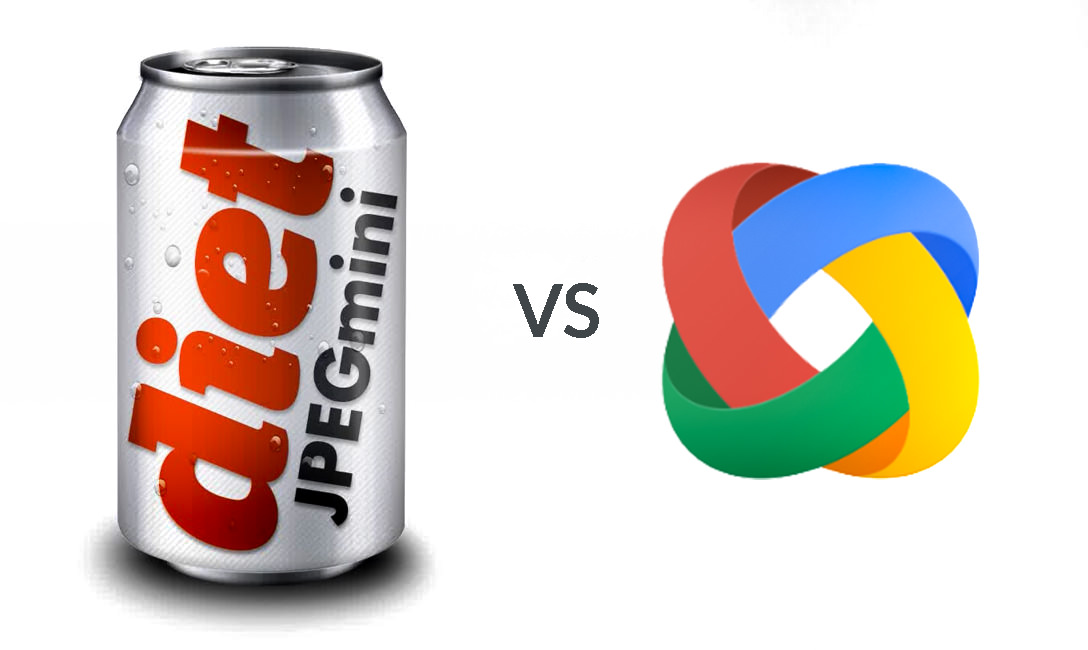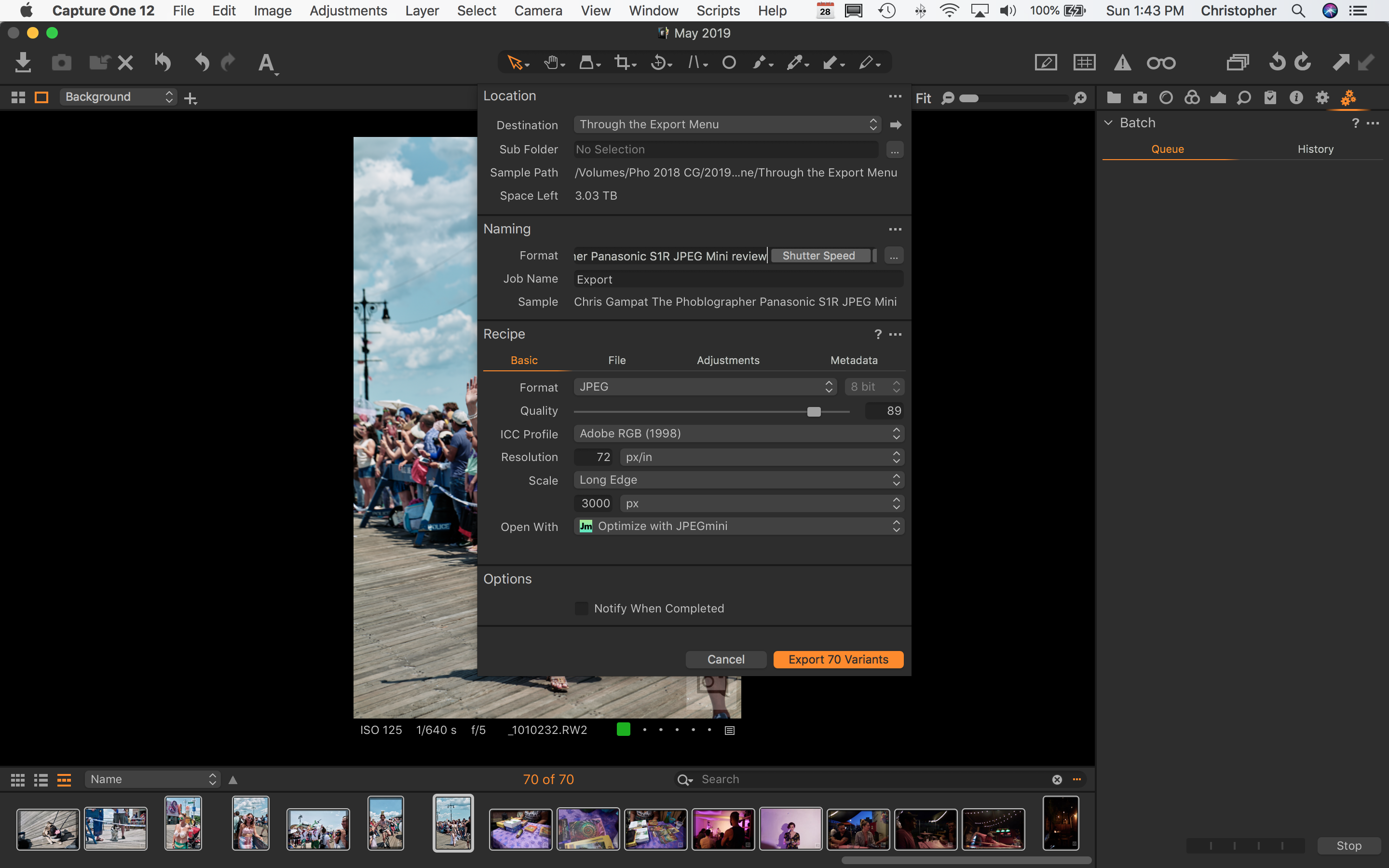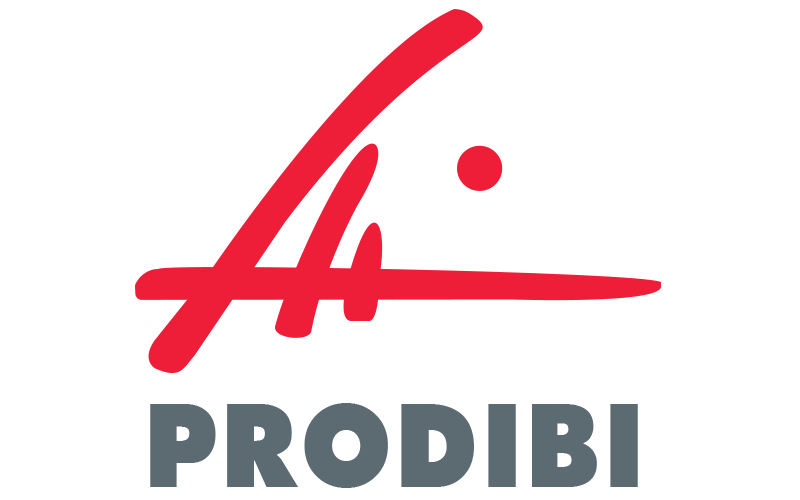If you’re like me, you are constantly searching for time for yourself. May it be to learn a new skillset, go ahead with projects, be with your family. The business of photography is time consuming to say the least. it shrinks time like no other, and is constantly more demanding. If I told you that you could save time and money by using a specific software would you believe me ? I am going to introduce you to JpegMini Pro and I can guarantee that you won’t be disappointed.
Having recently switched to Capture One Pro as well as to a High DPI screen with my Surface Pro 4 I quickly noticed something funky with the menu’s font. I am talking squint your. JPEGMini: Save storage space, reduce your workload and optimize your images July 17, 2020 Posted by Joel Barrios Photography Nowadays we photographers spend as much time capturing the world around us with our cameras as we do sitting in front of our computer monitor working on Photoshop, Lightroom, Luminar, Capture One or whichever else is. Overview JPEGmini is a patented photo recompression technology, which significantly reduces the size of photographs without affecting their perceptual quality. The technology works in the domain of baseline JPEG, resulting in files that are fully compatible with any browser, photo software or device that support the standard JPEG format.
To install the JPEGmini plug-in into Capture One, perform the following steps: 5. Double click the installation file and perform the installation process. One is the standalone app, which sells for $59. The other is a suite (for $89) that includes the standalone app as well as plugin versions that integrate into Lightroom, Photoshop, and Capture One. 1 There’s also a free trial, so you can take it for a spin before shelling out for a license.
What’s JpegMini Pro ?
JpegMini Pro is a compression software for JPG files. This means that it will optimise your filesize to make them much smaller. The software exists in various different versions and plug-ins (or extensions) for lightroom and photoshop for the moment. However, who knows, we can only hope that they have considered Capture One Pro. After the photokina news from Capture One with Capture One Fujifilm, we can just see hope in our dreams.
Furthermore, it has been announced that they are working on a wordpress plugin. Considering over 50% of the web is running under wordpress, this will bring a major push to the software. At this stage you can just totally change your workflow with JpegMini Pro and radically improve your SEO and website optimisation which you can test through GTMetrix.

What can i use JpegMini Pro for ?
Last week I was working on delivering various series of work. Some events with a 20km Geneva Airport competition, working on my mes RAW du Fujifilm X-T3 de la haute Route. from the Haute Route. I passed the whole set through JpegMini Pro , including family sessions, a whole wedding on top of the previous work. Ok… Fine… Nothing more natural than that Olivier, you’re a photographer, you provide images, you’re not teaching me anything.
It all seems very obvious and classic, however what has changed, is that I now export my JPG in full resolution to Capture One Pro,and then I let JpegMini Pro do the rest.
Ok, so basically, you add another step with JpegMini Pro instead of letting Capture One Pro Recipes do it? A software more, a new stp, and you’re calling that time gaining ?
On the principle you’re right yes, we add software, we add steps. But the trick is that the software is compressing my images so well that i’m gaining time on all the other steps of what I do.

JpegMini is simple, more simple you die. Drag & Drop a folder and it takes care of the rest. We can either keep the originals and create other versions, or squash the original folder.
And in the end, was it worth it ?
So here we are, 1 wedding which was initially sized 10.8Gb, so hitting 2 USB 8Gb keys which I had in stock with high resolution and low resolution. I shot that through JpegMini Pro and I came out with 5.5Gb, everything on 1 USB 8Gb Key after all.
Furthermore, the other bonus is that I could send that directly to my online gallery. Considering the fact that galleries are either size based or image based, but mainly storage based, the price would increase and would force me to add more storage (more on my gallery in a near future for my newsletter registrees). I uploaded low resolution 2048px wide images to the gallery, allowing A4 prints for all the guests, and it took up 550Mb instead of 1.5Gb.
So on top of the space i gained, it took me only 1/4 of the time to upload them, and the same to put them on the key. If we consider 1/4 of the time on each project, over a year, that’s days spent doing something else with my family.
Conclusion
In the optimising process, everything is worth trying ! Every second saved on each image will give you more time to do what you thought about doing with more time with JpegMini Pro.
For those of you who are interested, register to my newsletter below. For all readers, a special discount of 20% on JPGMini Pro is available with the code OLIVIER25 (all in capitals). I hope this can be useful to you and make your life easier.

Should you be wondering, I don’t get any incentive from Beamr (those who do JpegMini Pro), and have no financial interest in the matter. What I have learned, I share, I want to grow as a photographer, and by sharing, I grow more, and I see others grow, which builds a larger community. I want you all to save time, get more time with your family or to do things you care about. This is why i want you to get access to my Tips & Tricks.
Don’t hesitate to leave me a comment on this article directly on my website. I don’t go on my social networks even if my website publishes out there. If you leave a comment out there, I won’t see it and won’t be able to answer. So remember… leave a comment, drop me a line by contact form, register to my newsletter… and let’s keep in touch.
Register to my Newsletter
[mc4wp_form id=”4359″]
At most every two weeks you will receive advice on how to improve your organisational skills for a business photo shoot.I have segmented my email newsletters into two lists. One for photographers seeking technical information about workflow, software, get the shots and one for other industry members who are looking into improving their experience when working with a photographer. You will be receiving the most specific content, without mailbox clutter. Just choose the list which fits your needs best.You can unsubscribe in one click.
Capture One 12 release brought us plugin support and I continue to test all the plugins available at the moment.
Previously I’ve shared my experience of working with Format.com plugin – an awesome smart platform for running your online portfolio.
This week I’ve tested JPEGmini plugin for Capture One.
JPEGmini uses patented image optimization technology to reduce your file size up to 80% without losing image quality. In my case, I was able to easily reduce the file size of an image from 18 Mb to 3.5 Mb without harming image quality.
You’ll find all the sample images below, but first of all, I think we should answer an obvious question – why save space?
That’s a good question, indeed. In the age of high-speed internet and 4K movie streaming, you should not worry about reducing the size of your images on the web. In theory.
In practice, I see three objective reasons for this:
1. Speed Up Website Loading
If you’re running a blog with a mass of illustrations (like AlexOnRAW), the image size is a big deal.
For example, my article “10 Reasons to Switch to Capture One Pro 12” weight about 12.5 Mb and that is not really friendly for mobile devices and slow internet connections.
The worst thing is that slow loading affects the overall user experience of your readers, so I would be happy to reduce the images size at least by 20-30% percent.
2. Improve SEO
For stand-alone blogs, search engine optimization is one of the most important things under-the-hood of useful content.
Smaller image sizes tend to improve your SEO, so image optimization is a thing worth implementing into your publishing workflow.
3. Reduce Expenses on Storage
If you’re running a photography business you are probably paying for storing images: on cloud storages, on web-galleries and other services which charge you for an amount of space you’re using.
Reducing image size would reduce the usage of the space and thus would save you some money.
Ok, now, let’s head to the JPEGmini plugin itself.
At the moment, JPEGmini plugin is in the beta and is available for Mac OS only. But developers assured me that Windows version will be ready in the coming weeks.
As you would download the plugin, there are two ways to install it into Capture One:
1. Double-click JPEGmini.coplugin file; Capture One will automatically install the plugin.
2. Drag-n-Drop plugin file into Capture One Plugins window.
Now you need to activate the plugin.
JPEGmini plugin has no trial version and you have to activate the license to use it. Capture One plugin, as well as Lightroom plugin, requires JPEGmini Pro Suite license for a price of $89.
But if you wish to test how JPEGmini works, you can download a trial version of JPEGmini standalone app, which allows you to reduce the file size of the first 200 images for free.
BTW, thanks to JPEGmini developers for providing me with a free key to test the plugin!
Ok, the plugin is activated, let’s try it in action!
There are two ways of how you can use the JPEGmini plugin in Capture One:
Publish
Right-click an image, select Publish and choose “Export with JPEGmini”.
Jpegmini Capture One
It opens a basic export window where you can specify the file path and other standard image settings.
Clicking “Publish” exports the image with applied file size reduction.
Publishing works pretty well, but since I’m using process recipes workflow, I’m more interested in the second way of using JPEGmini.
Open With
I have a variety of processing recipes for different formats and tasks, so I need a seamless way of integrating JPEGmini into my workflow.
Fortunately, Open With option suits perfectly here. Let’s see how it works.
First of all, you need to set “Optimize with JPEGmini” in the Open With settings of selected recipe.

Now, images are processed with recipe’s settings and after the processing JPEGmini automatically reduces the file size.
If you worry about the speed of processing, JPEGmini doesn’t affect it seriously. In my case, processing with JPEGmini takes 10-20% more of time comparing to the regular processing.
What I really like in the JPEGmini plugin, is that it’s well integrated into Capture One. You just need to activate it once and select it the Open With settings – now you’ll always have a better file compression.
BTW, have you noticed something unusual here?
JPEGmini has no settings at all! Auto algorithms do all the work, there are no options for “less” or “more” reduction.
I found it to be just awesome! I’m okay with basic file size settings in Capture One, but I don’t want any other options to worry about, so JPEGmini fits excellently here.
Ok, what about the results of the reduction?
I think it’s worth to run tests on four different images sizes:
- Full-Size Image
- Hi-Res Image (4000 px long edge)
- Hi-Res Web Image (1920 px long edge)
- Low-Res Web Image (1072 px long edge)
Plus, it’s important to notice that the file size reduction rate is highly dependent on the specifics of the particular image.
For these tests, I will take three different images of various sizes and cameras.
Full-Size Images
Here JPEGmini gives just crazy file size reduction rates!
Standard Capture One processing (JPEG, 100 Quality) makes this 6690px long edge image 18 Mb in size. Optimizing with JPEGmini reduces it to 3.5 Mb with no quality loss!
Here is a 100% crop of both images, so you can compare the quality:
Left: Regular Processing, 18 Mb
Right: JPEGmini, 3.5 Mb
Two other test images also shows quite impressive results:
Left: Regular Processing, 26.8 Mb
Right: JPEGmini, 4.4 Mb
Left: Regular Processing, 24.7 Mb
Right: JPEGmini, 12.9 Mb
Hi-Res Images (4000 px long edge)
Sometimes clients ask for hi-res images to choose the best picture for the further retouching. It doesn’t make much sense to send full-size images here, so 4000 px long edge would be fine enough for this task.
Optimizing with JPEGmini significantly reduces the file sizes in this case as well:
So, if your clients require all the images to be sent to them for the primary selection, JPEGmini would save you a significant amount of disc space.
Hi-Res Web Images (1920 px long edge)
1920px long edge images are ok for retina displays and JPEGmini works well for this task too:
Low-Res Web Images (1072 px long edge)
1072px is the size I use for most of the illustrations on AlexOnRAW and the file size reduction is crucial here.
As you can see, JPEGmini offers here much better compression comparing to the regular Capture One processing:
Jpegmini Capture One Mac
Left: Regular Processing, 1.4 Mb
Right: JPEGmini, 483 Kb
Left: Regular Processing, 615 Kb
Right: JPEGmini, 128 Kb
Left: Regular Processing, 859 Kb
Right: JPEGmini, 169 Kb
However, it’s not quite fair to compare web images with Capture One processing, because many of us use Photoshop for this task.
Let’s compare JPEGmini with Photoshop’s Save for Web feature.
JPEGmini compressed my 1072px image to 128 Kb.
As you can see, we can get the same file size only by saving the image with 62 Quality settings in Photoshop:
Plus, it’s quite difficult to seamlessly integrate Photoshop Save for Web feature into your Capture One workflow. On the opposite, JPEGmini offers it right from the box.
I like how JPEGmini plugin integrates into Capture One and the quality of compression is truly superior.
If you’re running a blog with lots of illustrations or you regularly share with your clients a significant amount of images – JPEGmini definitely worth its money.
If you’re publishing your images on social networks only and you don’t pay for cloud storage of your images – I don’t think that you should think of saving the space.
